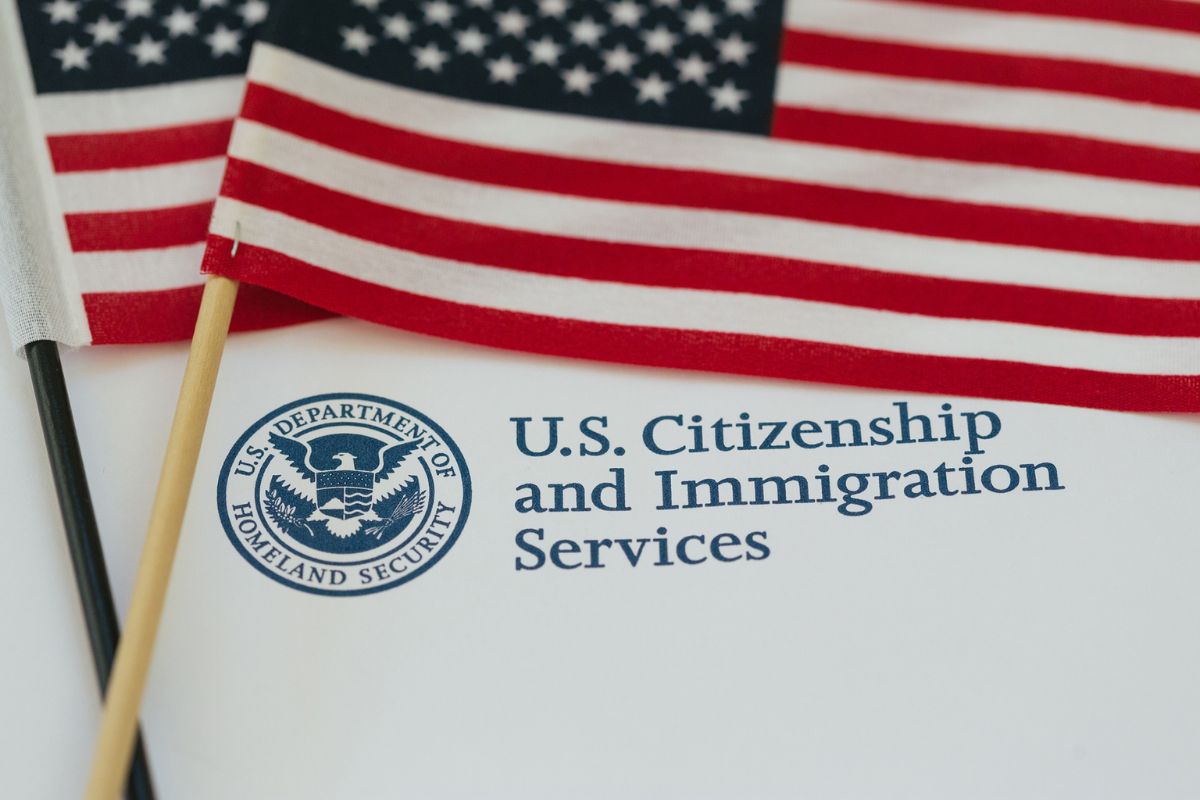The US Citizenship and Immigration Services (USCIS) has introduced a groundbreaking update to Form I-9, enabling qualified employers to remotely verify employment eligibility through live video interaction. This transformative change aims to enhance verification procedures, offering greater accessibility and efficiency.

In a move aimed at streamlining the verification process for employment eligibility, the US Citizenship and Immigration Services (USCIS) has introduced a groundbreaking update to Form I-9, the document used by employers to verify the identity and eligibility of individuals hired within the United States.
The new rule, effective from August 1, 2023, heralds a transformative shift in the way businesses can conduct this crucial verification, particularly benefiting those enrolled in the E-Verify program.
Remote Verification through Live Video Interaction
Traditionally, the verification process mandated an in-person inspection of physical documents, a requirement that underwent a temporary adjustment during the Covid-19 pandemic to accommodate remote inspection.
However, the recent rule change marks a more permanent alteration, permitting qualified businesses that are part of the E-Verify program to remotely verify Form I-9 documents using live video interaction.
The remote verification process involves the following steps:
- The employer asks the new hire to review the Form I-9 List of Acceptable Documents and select a valid List A document OR a valid List B document and a valid List C document.
- The employer conducts a live video interaction with the new hire to verify the identity and employment eligibility of the documents presented.
- The employer indicates the use of the alternative procedure on Form I-9.
- The employer retains copies of the documents presented and the live video interaction for audits.
Simplified Procedure and Enhancements
A revamped Form I-9, which made its debut on August 1, 2023, boasts several enhancements designed to facilitate smoother verification procedures. The updated form is now single-sided and optimized for accessibility on various devices.
Additionally, it features a provision for acceptable receipts and includes a designated checkbox specifically catering to the new remote examination procedure.
Transition Period and Mandatory Adoption
While businesses are granted a transition period to adjust to the new procedure, the timeline is clearly defined. Employers can continue to use the previous version of Form I-9 until October 31, 2023.
However, as of November 1, 2023, the use of the new version becomes mandatory, signifying a significant milestone in the evolution of employment eligibility verification practices.
Crucial Considerations and Non-Discriminatory Practices
Qualified employers who opt to employ the remote verification process are expected to consistently apply the alternative procedure across the board, ensuring uniformity and avoiding any form of discrimination.
To underscore the importance of fair practices, employers must complete a free E-Verify tutorial centred on anti-discrimination measures. This step reinforces the commitment to upholding non-discriminatory practices in the implementation of the new verification method.
The new rule is a significant change to the Form I-9 process and it is important for employers to be aware of the new requirements. Employers that fail to comply with the new rule could face penalties.
